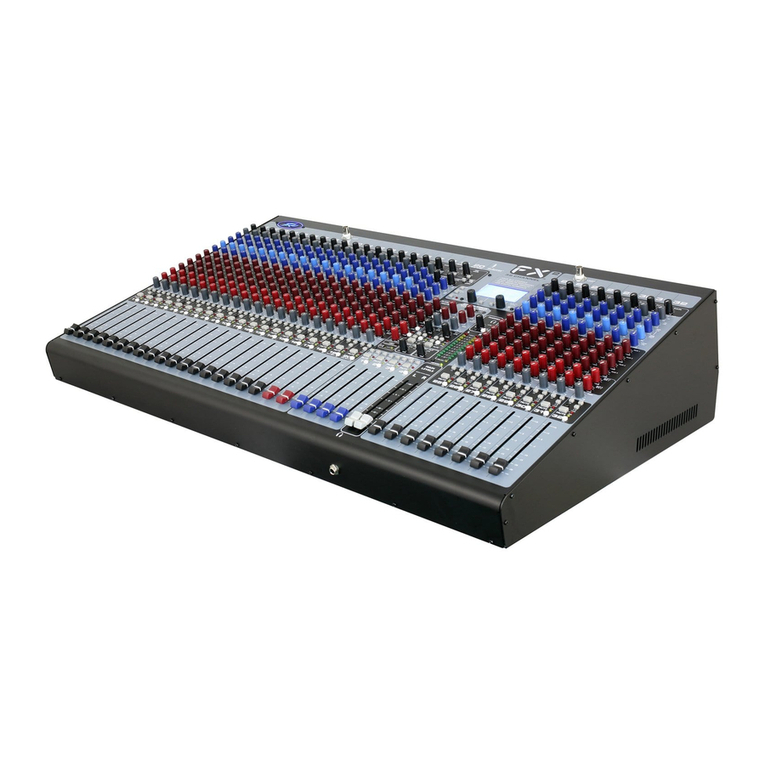Peavey XR-700 User manual
Other Peavey Music Mixer manuals
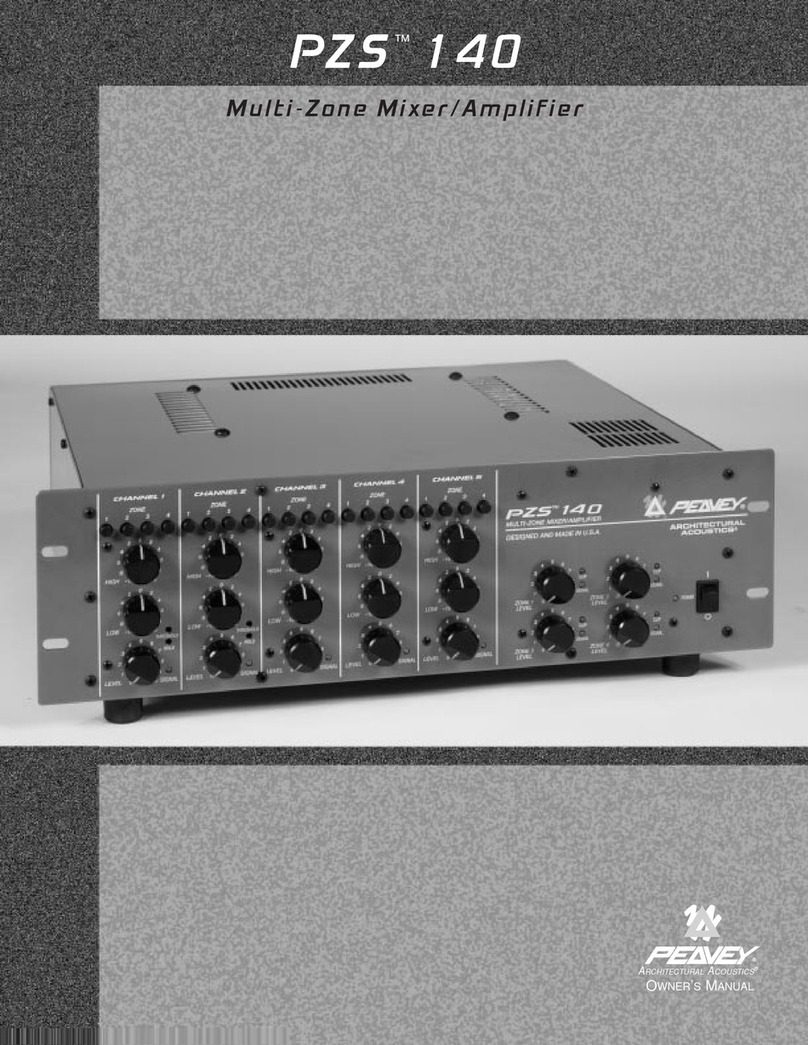
Peavey
Peavey PZS 140 User manual

Peavey
Peavey Automix 80304050 User manual
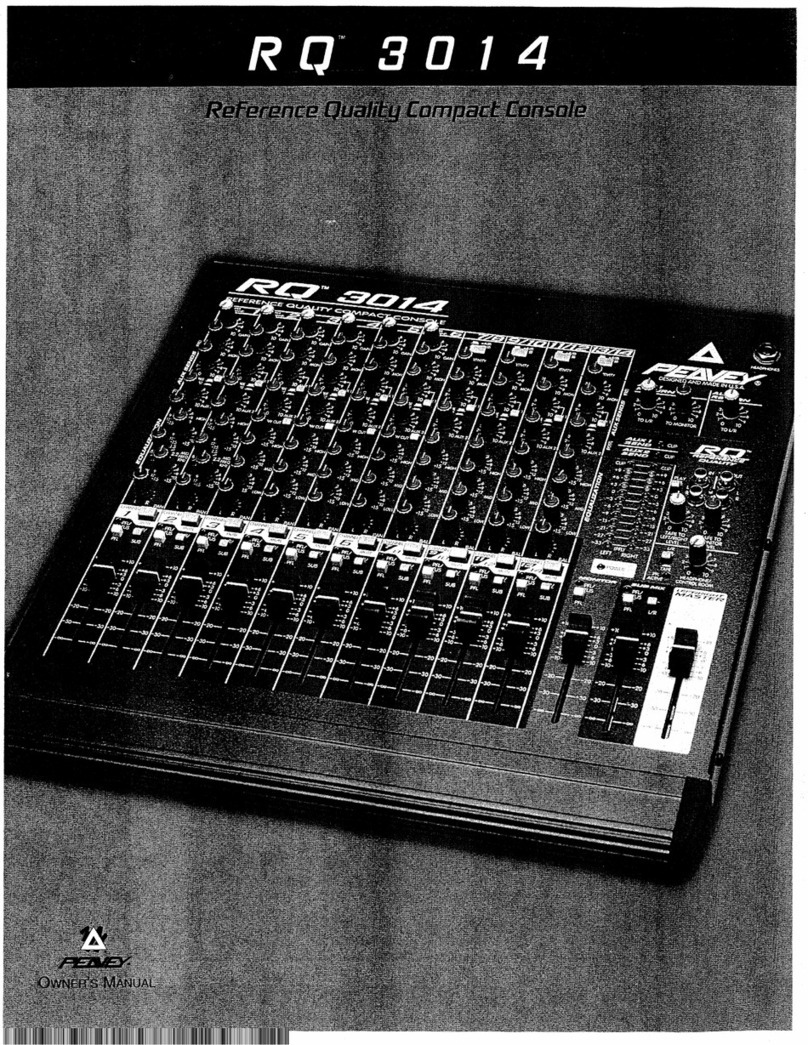
Peavey
Peavey RQ 3014 User manual
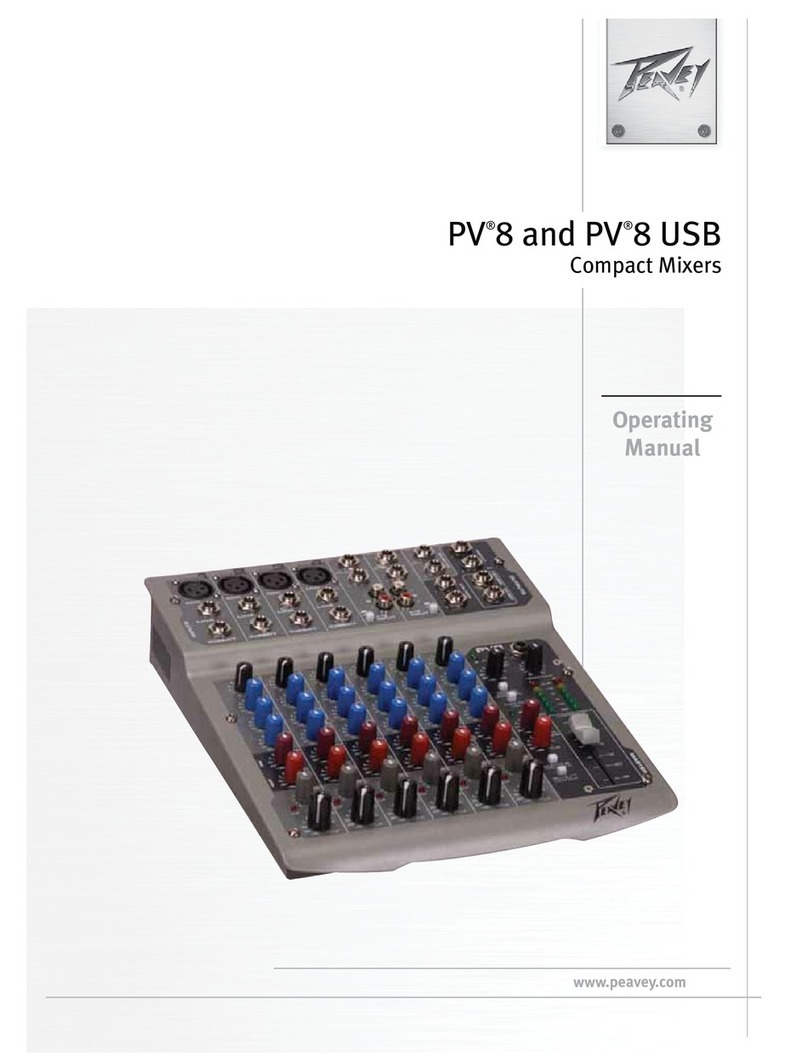
Peavey
Peavey PV 8 User manual
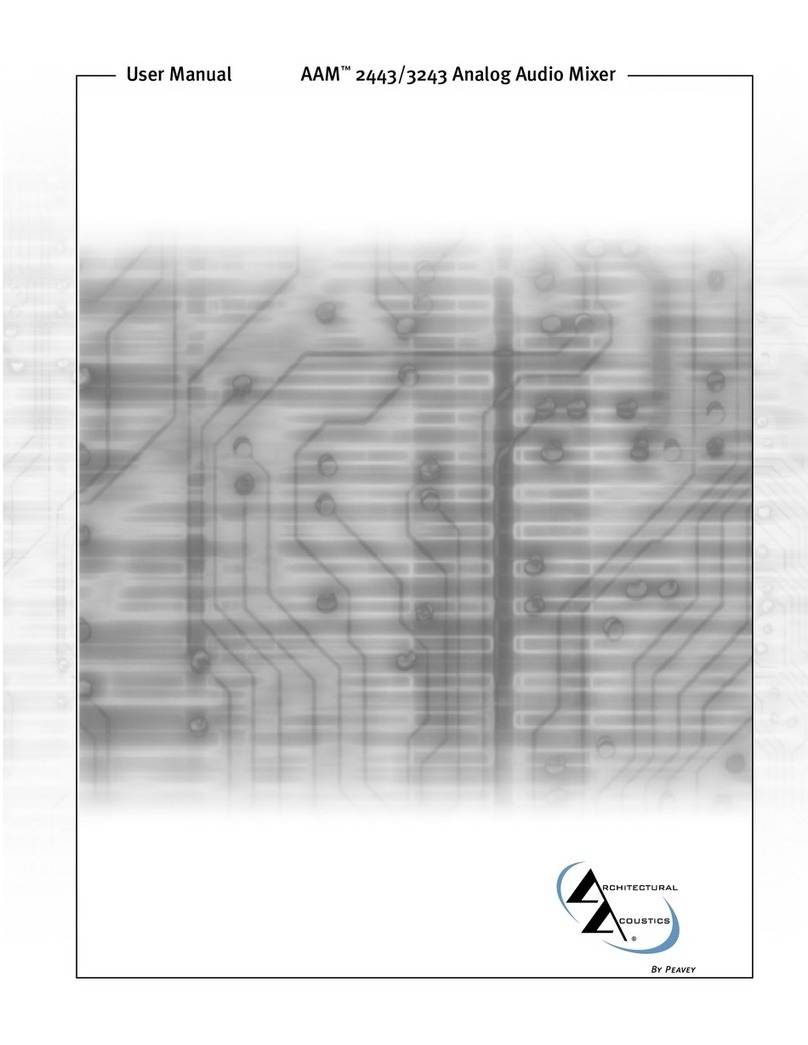
Peavey
Peavey 2443/3243 User manual
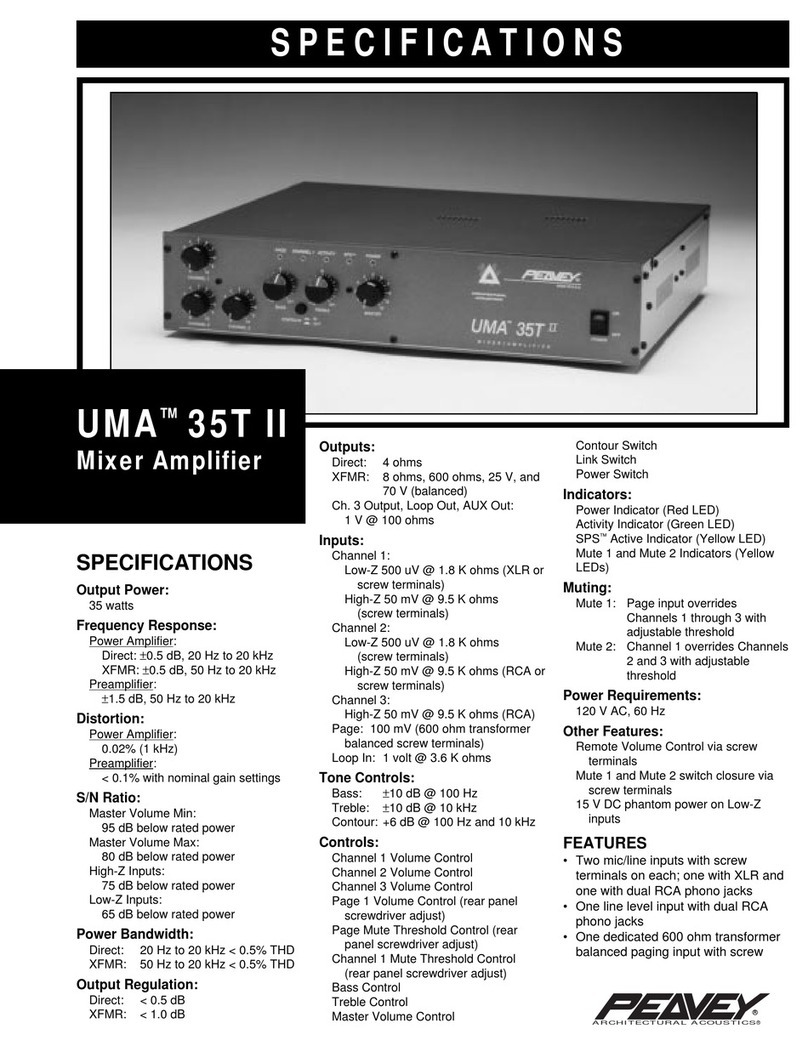
Peavey
Peavey UMA 35T II User manual

Peavey
Peavey RQ 880FX User manual
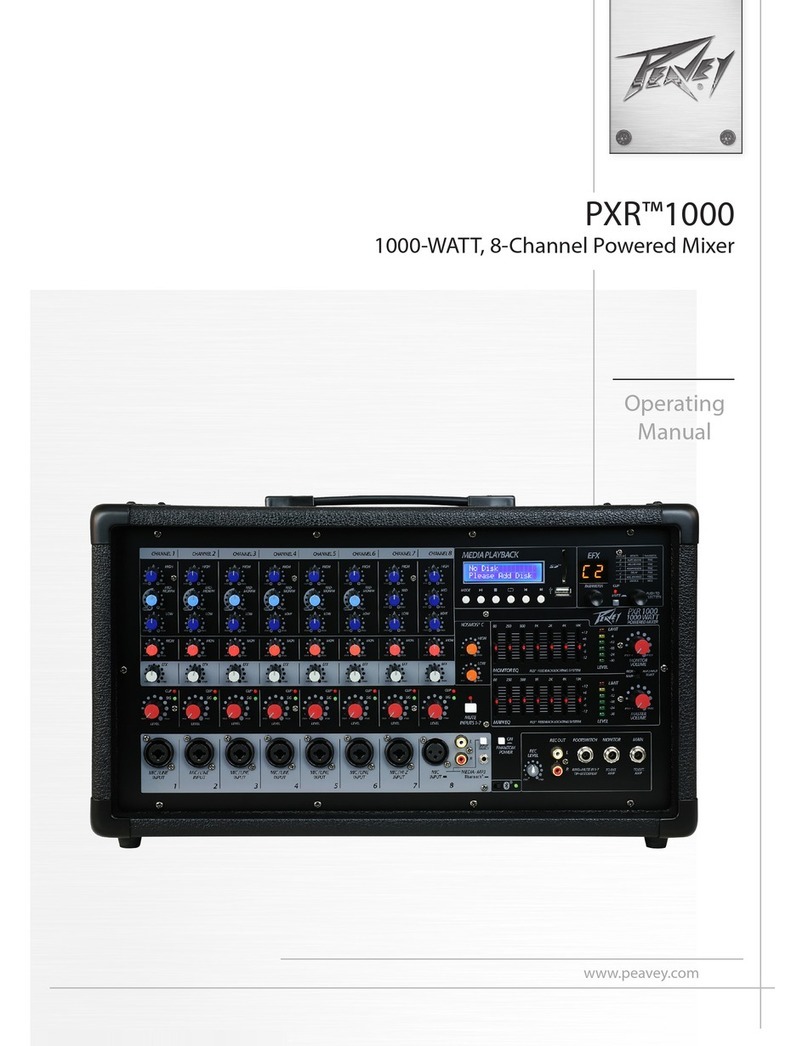
Peavey
Peavey PXR 1000 User manual
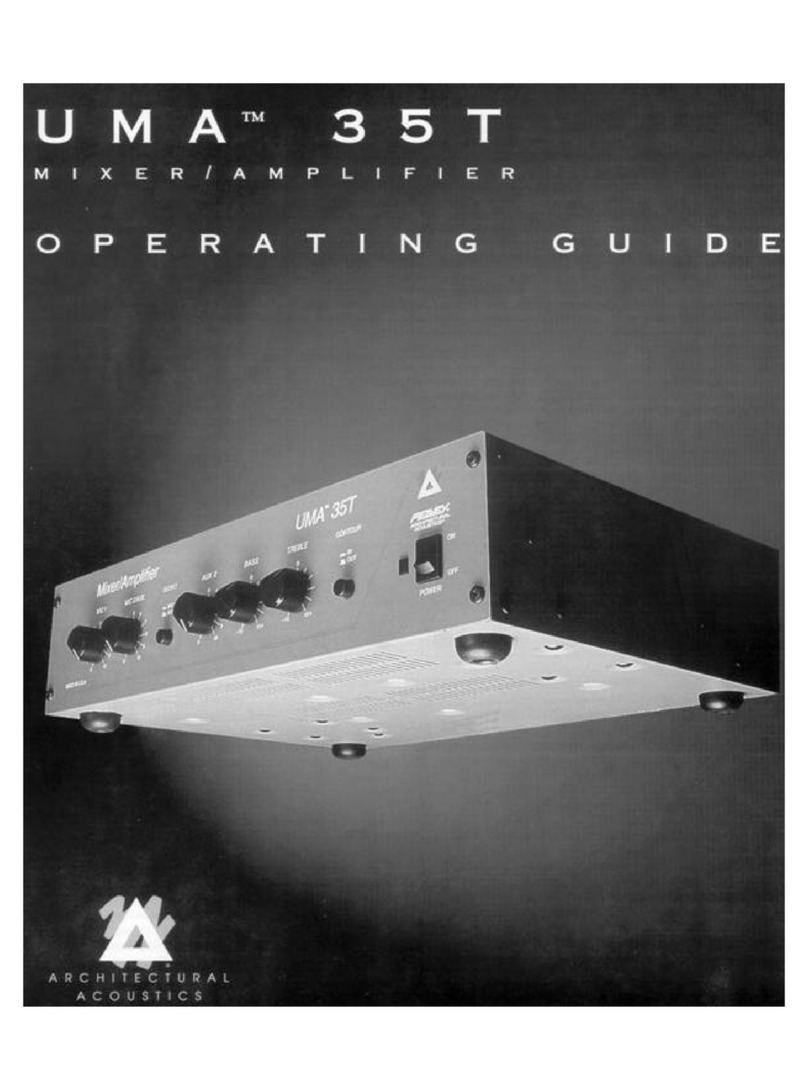
Peavey
Peavey UMA 35 T User manual
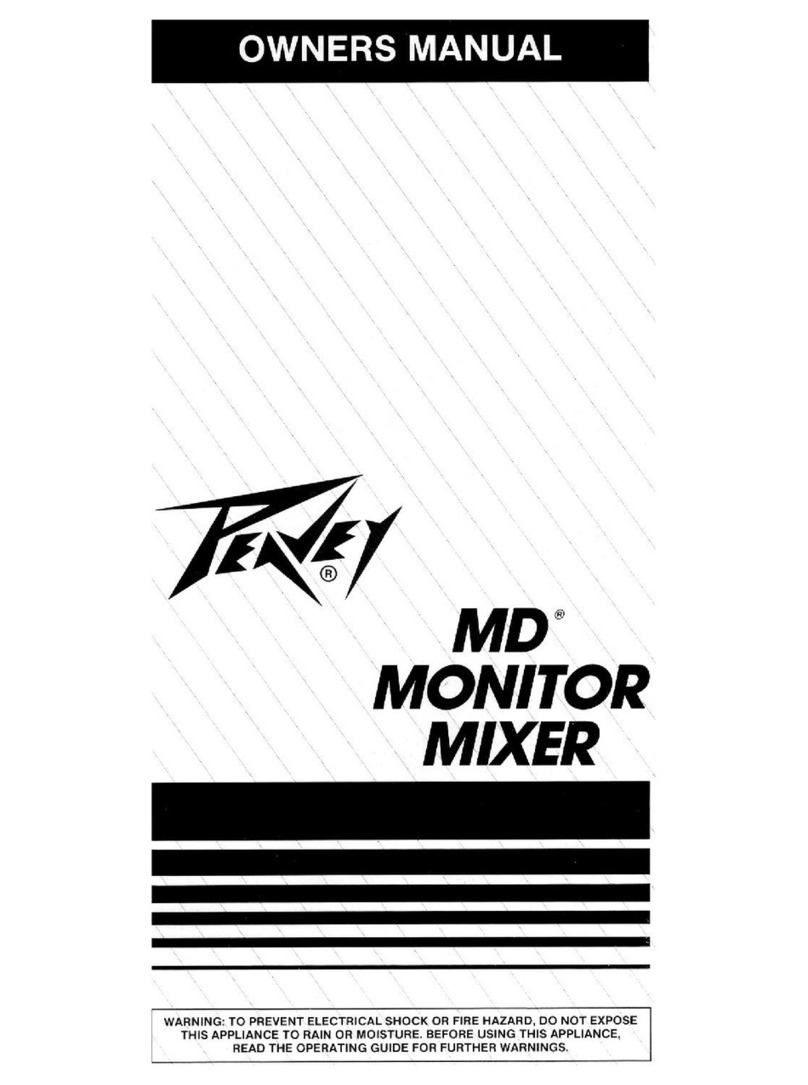
Peavey
Peavey MD Monitor Mixer User manual

Peavey
Peavey RQ 4300 Series User manual
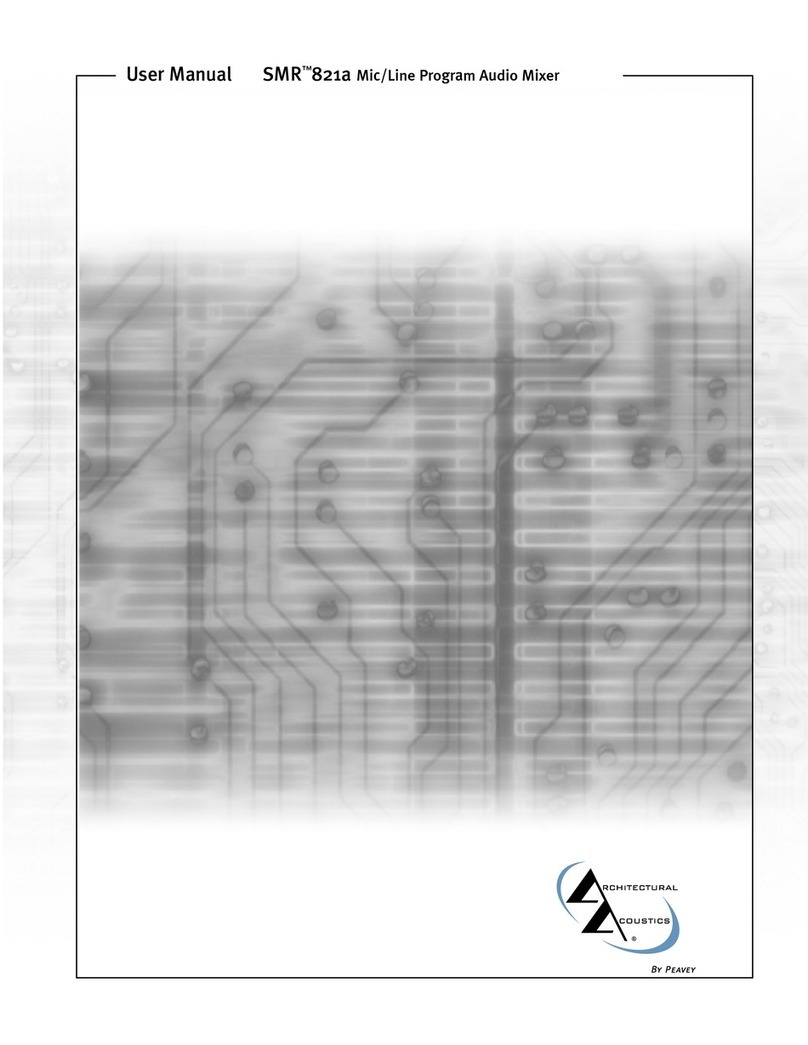
Peavey
Peavey SMRTM 821a User manual
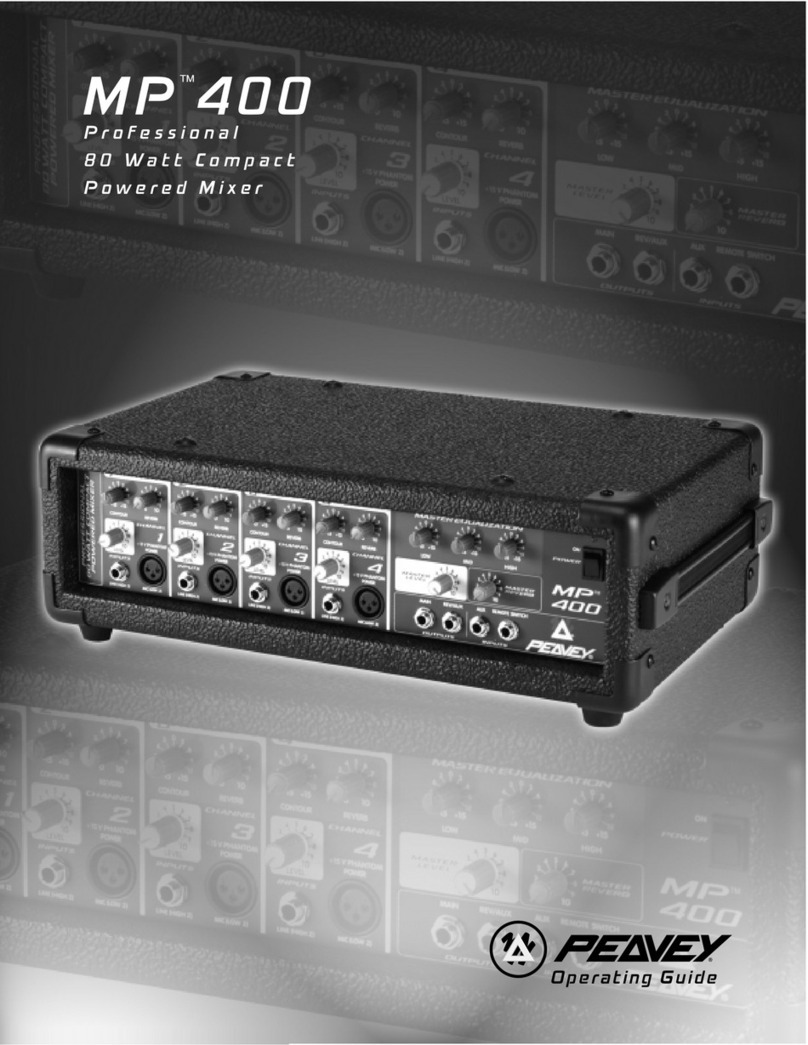
Peavey
Peavey MP 400 User manual
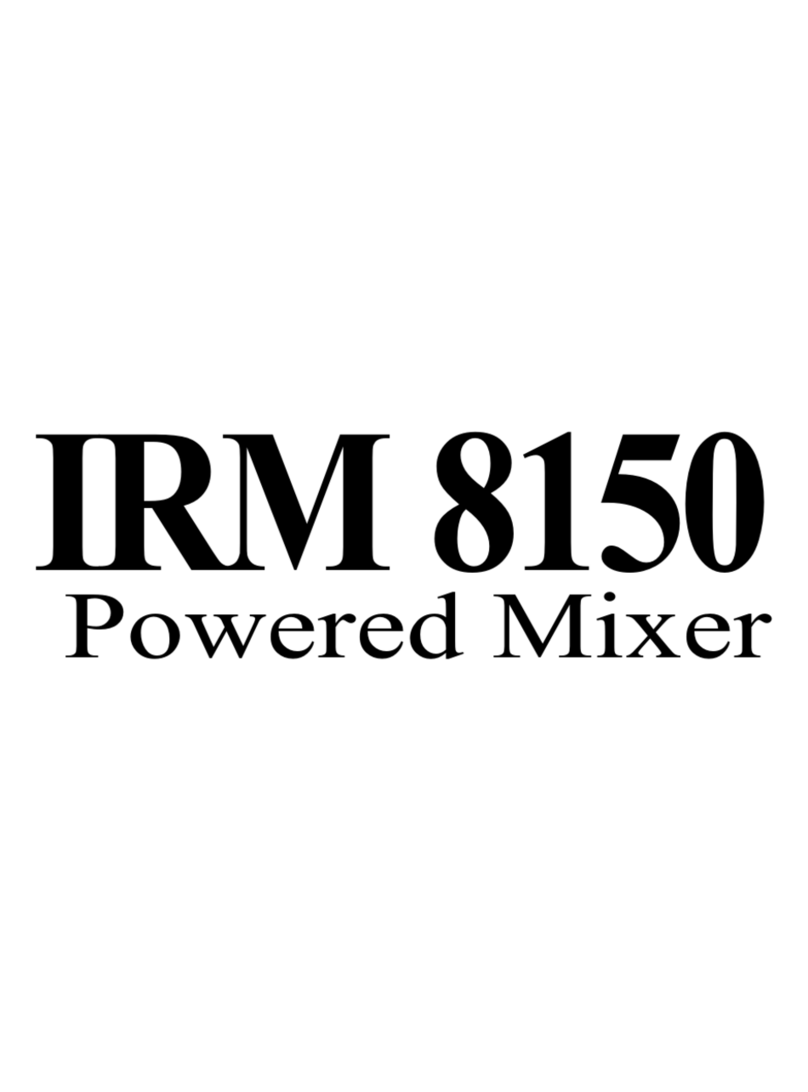
Peavey
Peavey IRM 8150 User manual
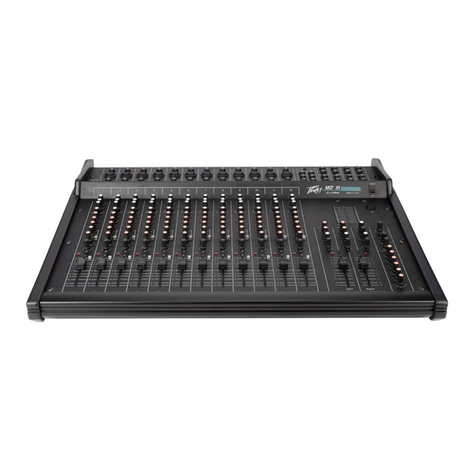
Peavey
Peavey MD-III User manual

Peavey
Peavey PLM 8128 User manual
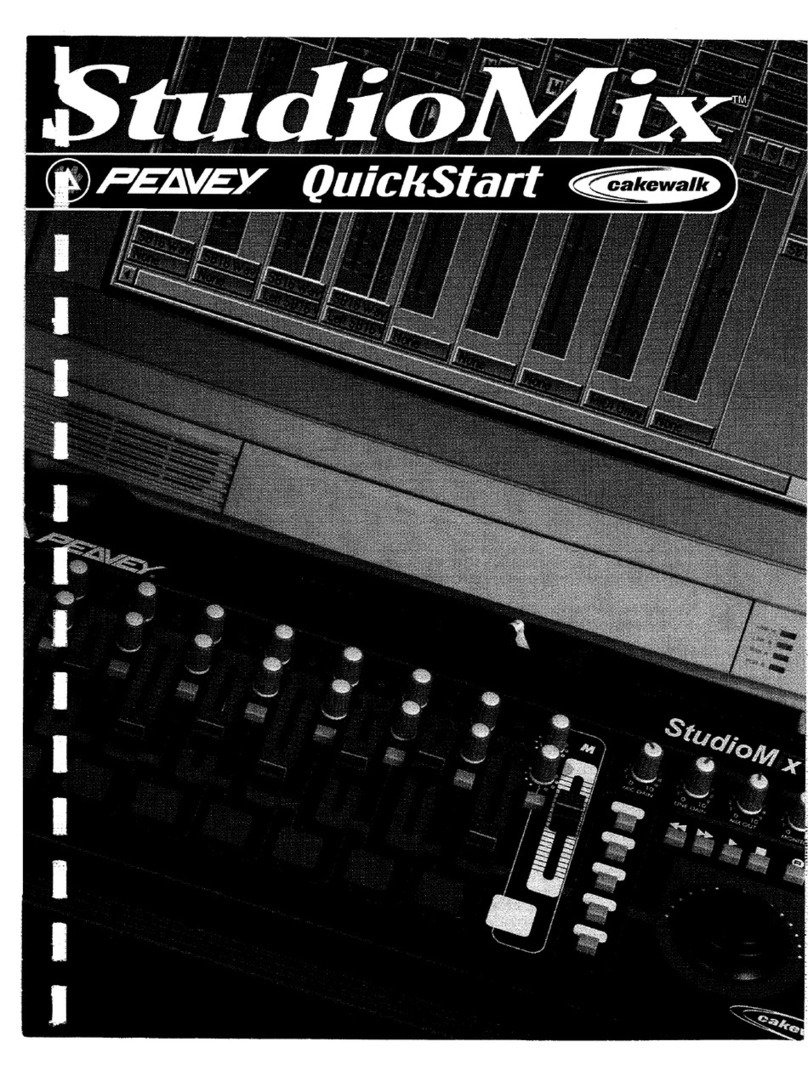
Peavey
Peavey StudioMix User manual
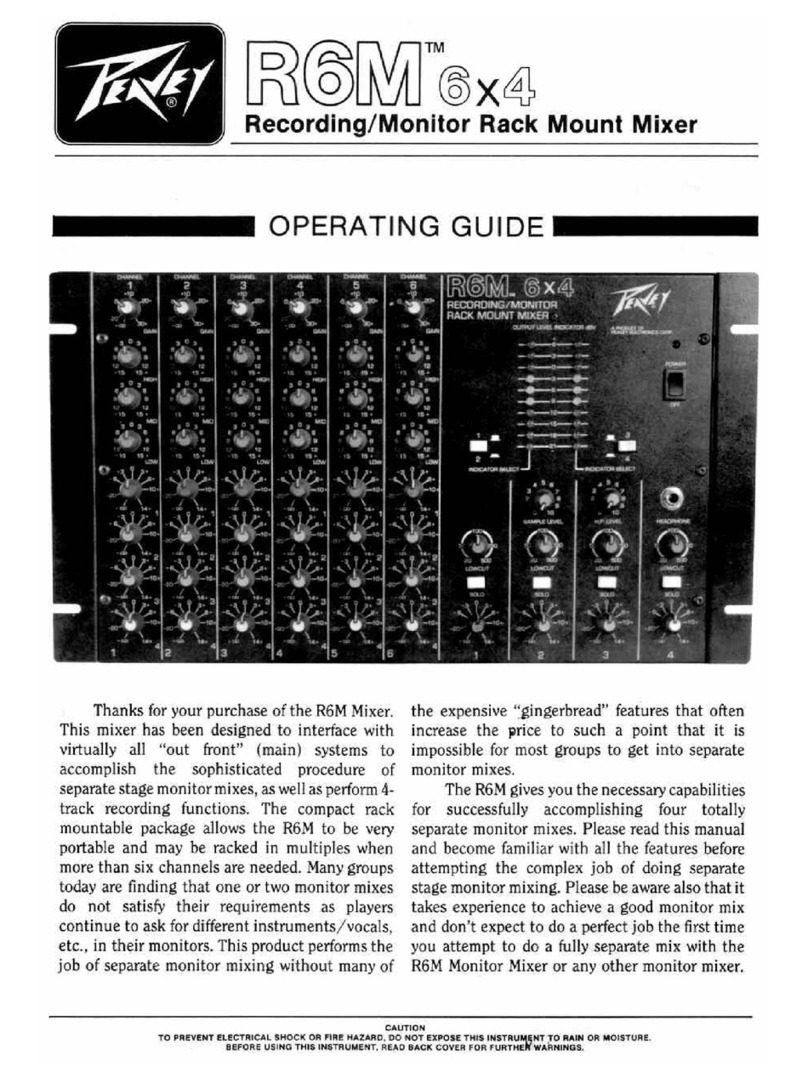
Peavey
Peavey R6M 6*4 User manual
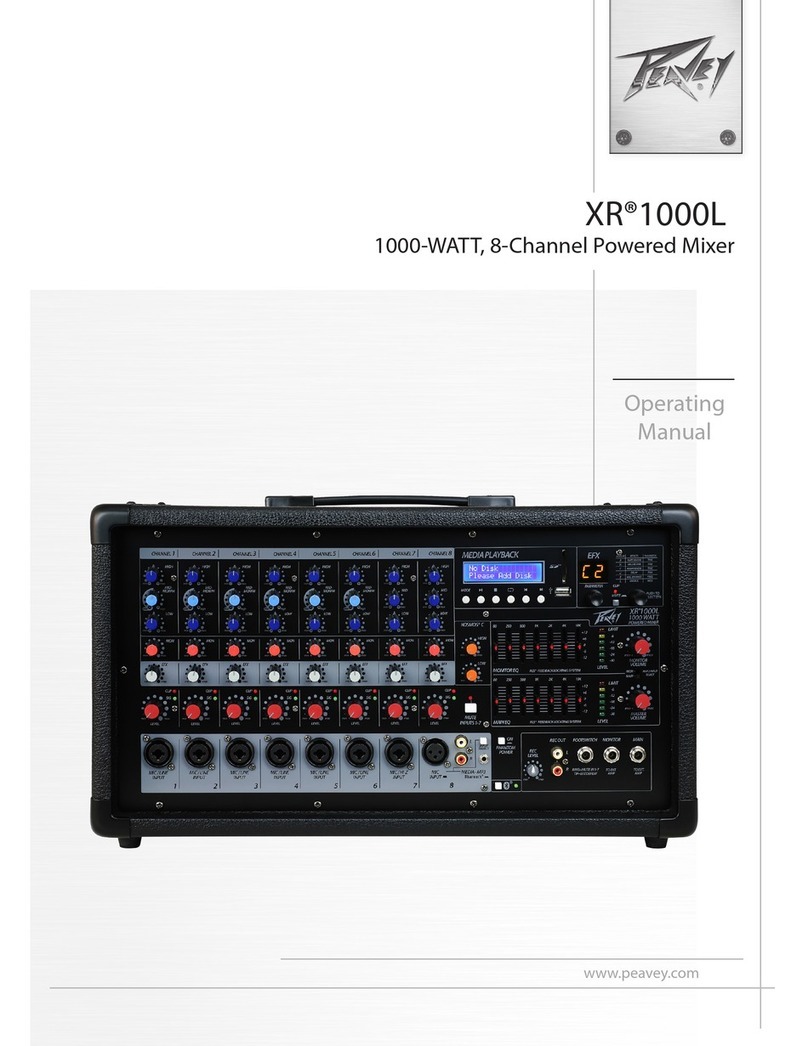
Peavey
Peavey XR 1000L User manual

Peavey
Peavey CREST AUDIO tactus Control Surface User manual



